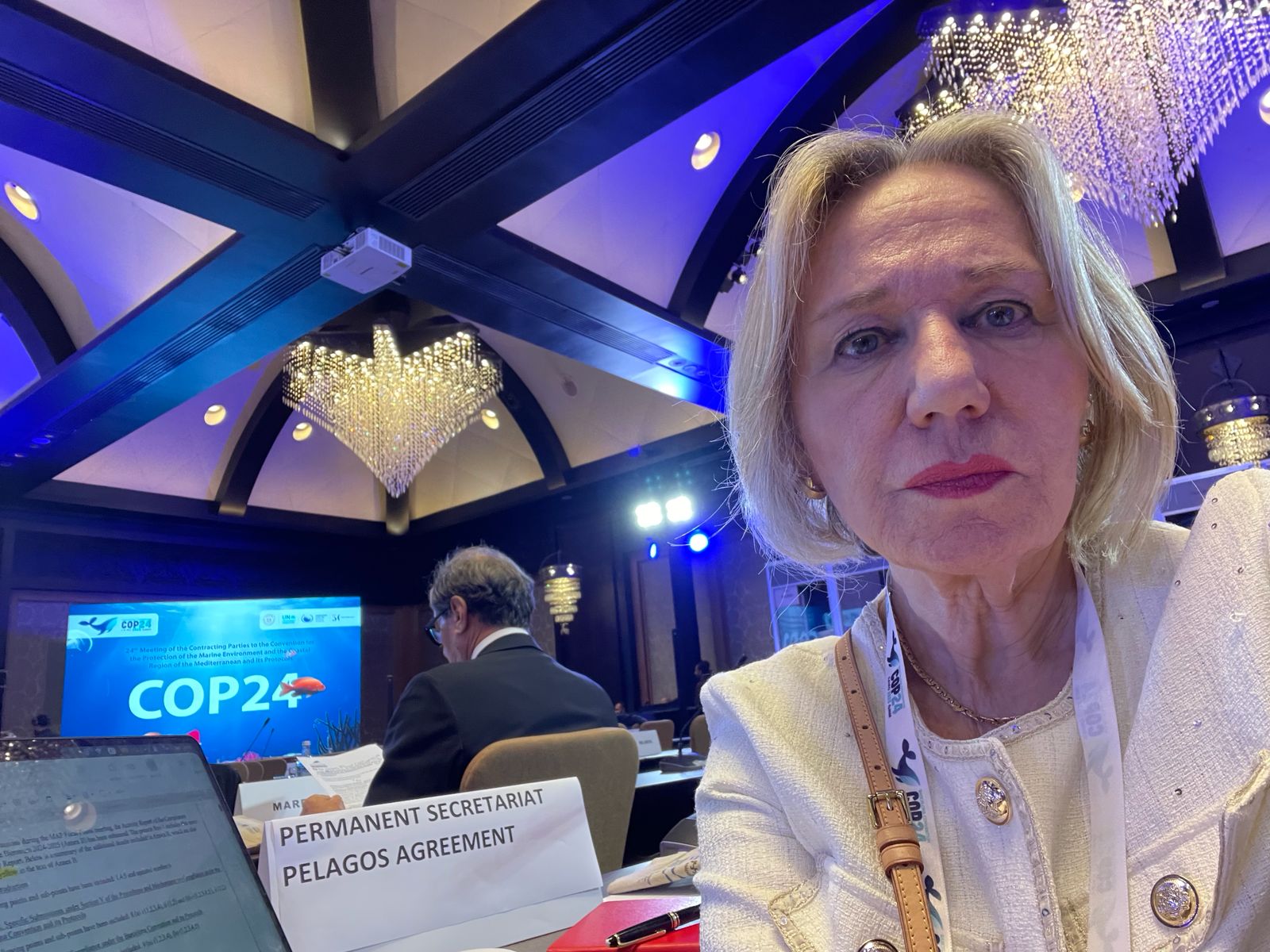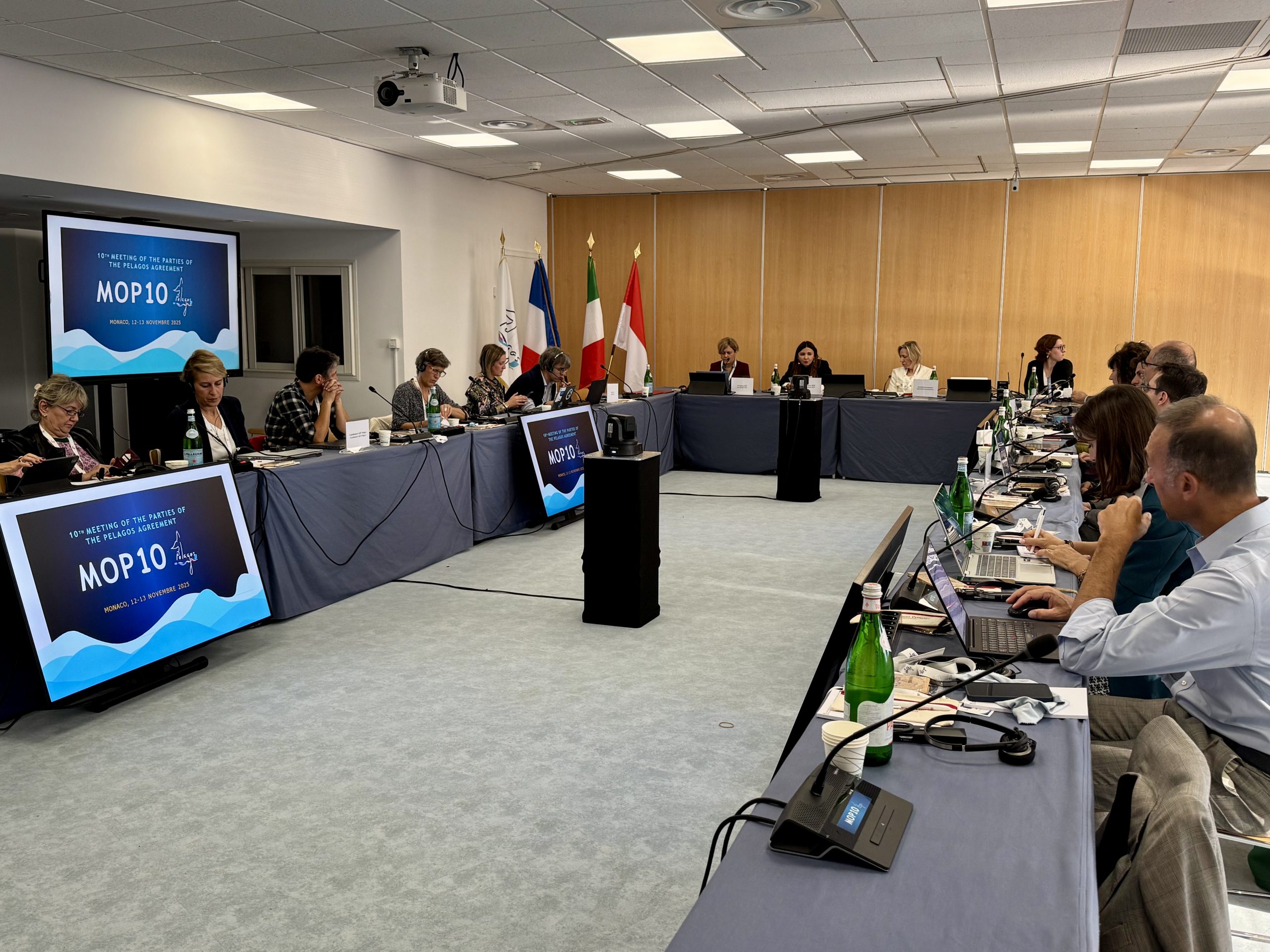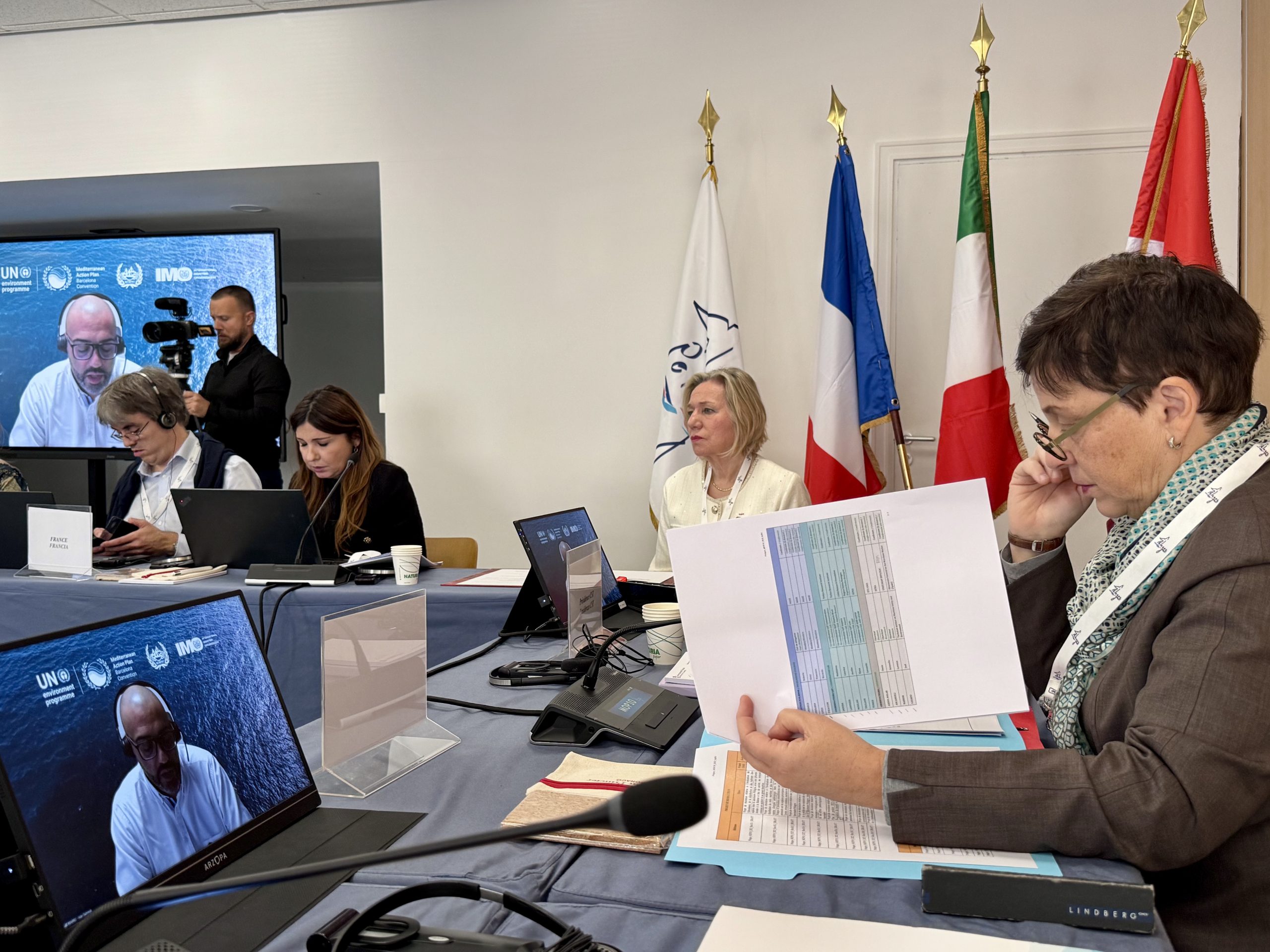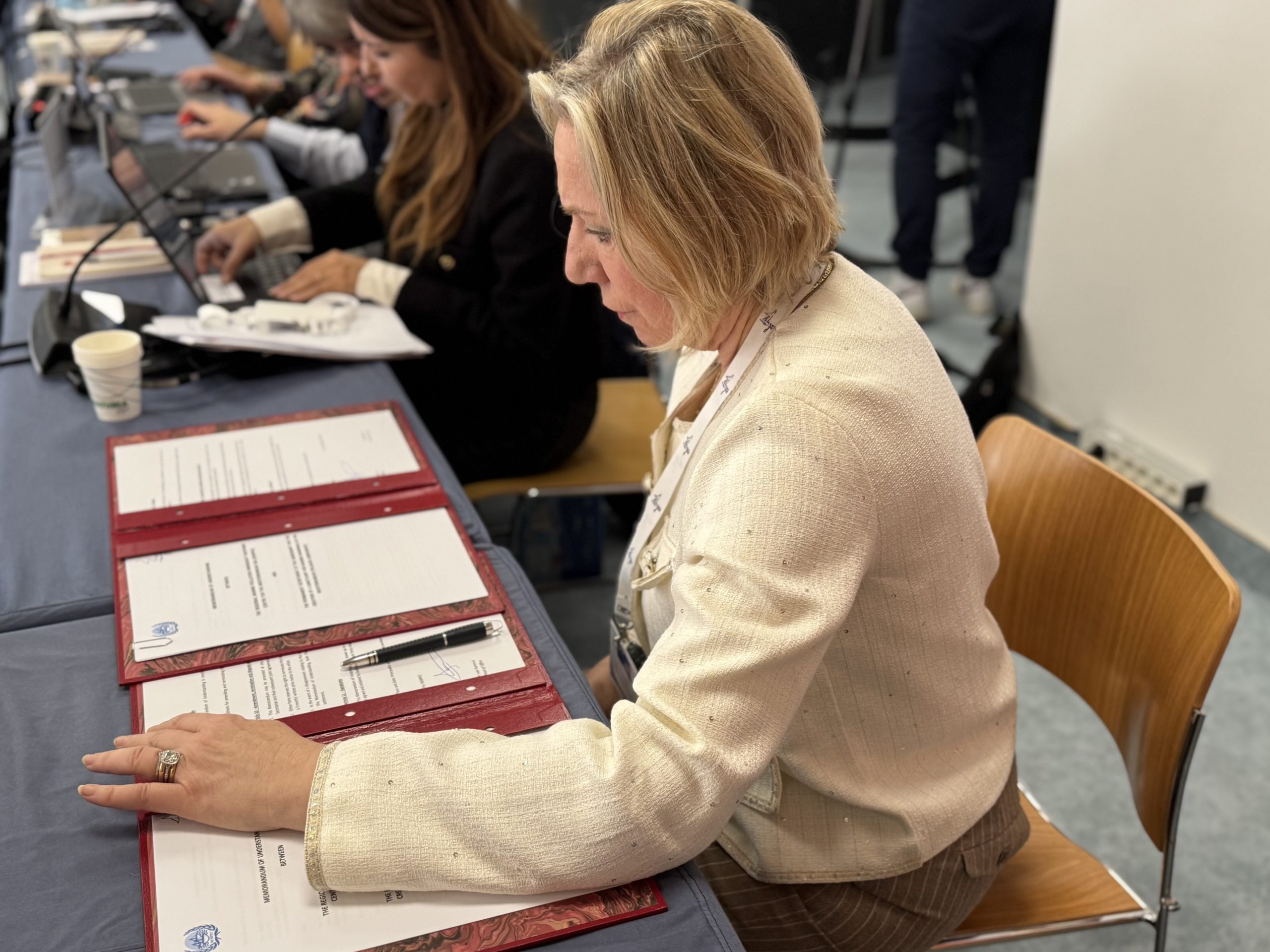Assessment of cetacean abundance, distribution, and habitat in the pelagos sanctuary: the results
Assessment of cetacean abundance, distribution, and habitat in the pelagos sanctuary: the results
At the end of 2023, the Pelagos Agreement launched a series of interconnected scientific research consultancies, the first of which focused on analyzing data on the abundance, distribution, and habitat of cetaceans in the Sanctuary area. This initiative stems from the need—defined as a priority in the 2022–2027 Management Plan—to update scientific knowledge on four key species particularly sensitive to anthropogenic pressures: the bottlenose dolphin (Tursiops truncatus), the fin whale (Balaenoptera physalus), the sperm whale (Physeter macrocephalus), and the Cuvier’s beaked whale (Ziphius cavirostris).

Un a project for knowledge and protection
The work, led by Dr. Floriane Plard, involved organizing and analyzing a large volume of data collected during aerial observation campaigns aimed at estimating the distribution and abundance of priority species. These data were provided by Italian, French, and Spanish research institutes as part of the national monitoring efforts , as well as by the ACCOBAMS Survey Initiative (ASI). The study area therefore extended beyond the boundaries of the Pelagos Sanctuary to include the northwestern Mediterranean region, encompassing the Particularly Sensitive Sea Area (PSSA) established by the International Maritime Organization (IMO) to protect marine mammals from ship strikes.
Data collected over different periods between 2009 and 2023 were used and harmonized, standardized using the distance sampling method, which corrects estimated density for detection probability. The aim was to obtain more robust estimates and produce maps identifying areas of higher concentration within the Pelagos Sanctuary.
This kind of knowledge is crucial to guide management measures towards greater effectiveness and to identify priority areas for protection.

Methodology
Cetacean species densities in the northwestern Mediterranean were estimated through the development of density models for both summer and winter seasons, and then correlated with static and dynamic environmental variables, such as depth, sea surface temperature (SST), primary productivity, seafloor slope, and distance from the coast.
Two analytical approaches were used: Generalized Additive Models (GAMs), which analyze the relationship between species presence and environmental variables, and Density Surface Models (DSMs), which estimate density and spatial distribution by integrating direct observations with environmental conditions. An important phase of the work involved identifying spatial gaps in aerial monitoring data (gap analysis), to pinpoint areas of the Sanctuary that were less covered by surveys.
The analysis highlighted zones with low sampling effort coverage, such as the southwestern sector of the Sanctuary and certain coastal areas, where further investigation is needed to improve spatial data representation. The gap analysis also helped interpret the density estimates, distinguishing between areas with truly low cetacean presence and those where data scarcity makes estimates less reliable—separating interpolated (reliable) from extrapolated (uncertain) estimates.
Results
The analyses resulted in detailed maps describing the spatial and seasonal (summer–winter) distribution of four target cetacean species within the Pelagos Sanctuary, providing crucial information for marine biodiversity management in this protected area.
Bottlenose dolphin (Tursiops truncatus)
This species is mainly distributed in coastal waters, with higher densities observed along the eastern coast of Corsica in summer, and along the coasts of Liguria, Monaco, and France in winter, when their numbers significantly increase.

Fin whale (Balaenoptera physalus)
Fin whales are primarily found in the western part of the Sanctuary and in offshore waters, far from the coast. These large cetaceans, which migrate long distances, prefer deeper waters where food is abundant. The analysis showed their presence is mainly concentrated in the summer.

Sperm whale (Physeter macrocephalus)
Sperm whales are mainly distributed in open sea areas, with concentrations of sightings in the western part of the Sanctuary, especially in summer. These deep-diving cetaceans prefer deep waters to hunt their main prey—squid. The maps show that their distribution can vary seasonally, with the species almost absent in winter.

Cuvier’s beaked whale (Ziphius cavirostris)
Cuvier’s beaked whale was found to be rare in the Sanctuary and predominantly located in the deeper areas of the northern Tyrrhenian Sea and southeast of Corsica. These cetaceans are less visible than other species, which results in relatively uncertain predictive maps for both summer and winter seasons.

Towards new conservation opportunities
Beyond data analysis, the consultancy paves the way for new conservation opportunities. The results make it possible to identify areas with high cetacean presence where protective measures could be reinforced, assess population trends over time, and explore interactions with human activities, especially maritime traffic, underwater noise pollution, and fisheries. This knowledge is essential to provide effective decision-making tools for management and planning, in line with international marine biodiversity conservation goals.







